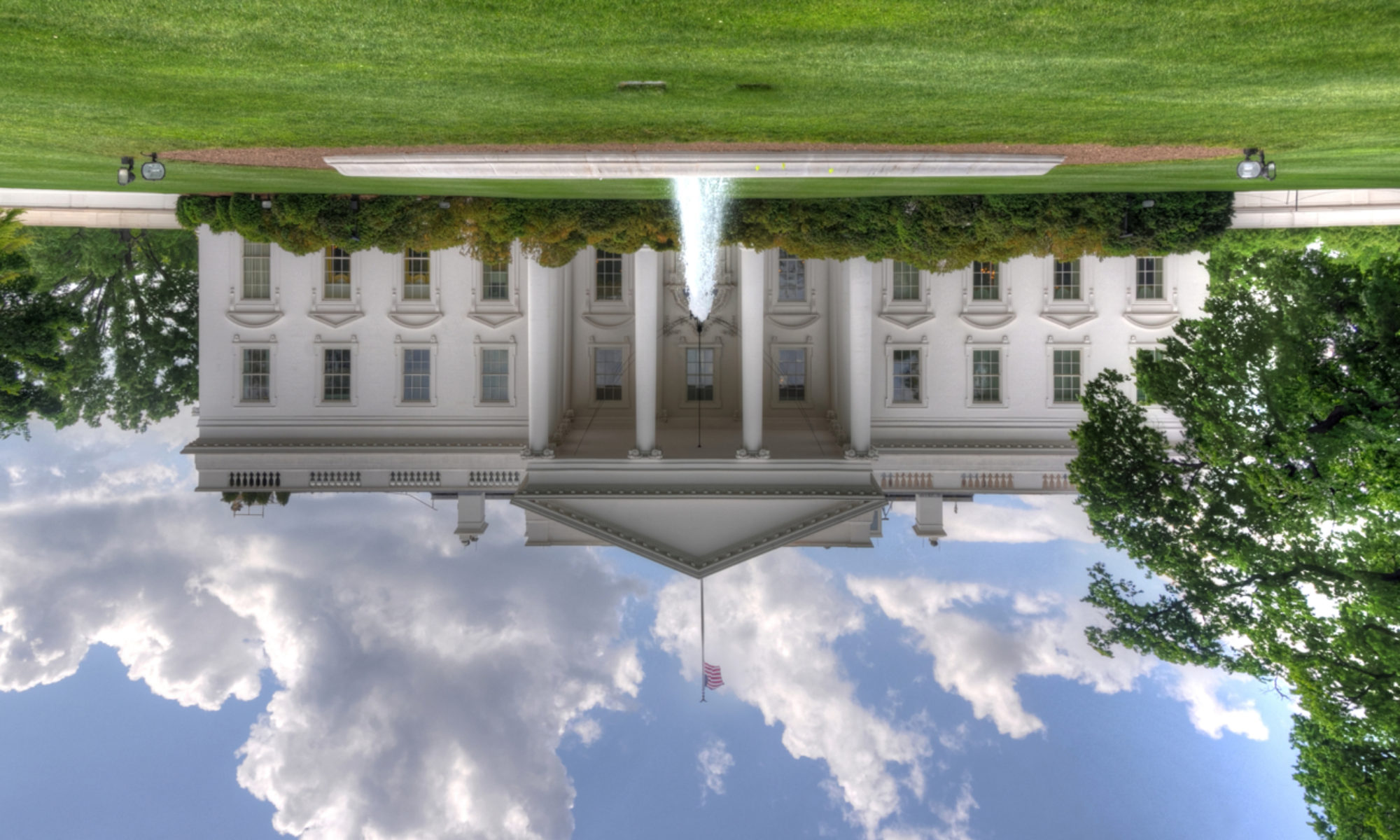No matter how voters plan to cast their ballots in the 2018 election, the majority of voters polled say that their vote is, to some degree, a referendum on Donald Trump. In a recent NPR/PBS NewsHour/Marist poll, about two-thirds of voters said that Trump would be an influence in how they will vote this year.
Most voters who responded said they will vote Democrat. In fact, Democrats now have 10-point lead over Republicans when it comes to the question of how people are responding to Trump with their votes. Women (especially suburban women and white women with college degrees), non-white voters, and Independent voters, are driving the disparity.
It appears that the 2018 election will be driven largely by women. Fifty-one percent of women overall, and 54 percent of suburban women say their impressions of Trump will impact how they vote. Of those women who responded to the poll, 64 percent said that they were more likely to vote Democratic. Thirty-two percent said they planned to vote Republican.
Of those who say that Donald Trump has influenced their motivation to vote Republican, as expected, the group looks similar to Trump’s base: white evangelical Christians, white people (especially men) without college degrees, married men, and rural voters.
Health care and climate change are the top voting issues for those voting Democrat. Jobs, the economy, and immigration were the top issues for those who plan to vote Republican.
As it turns out, the GOP tax cuts may not have helped the Republicans in the 2018 elections. Forty -five percent say that the tax cuts have made them more likely to vote for a Democrat in a 2018 Congressional election. Only thirty-nine percent of those polled are more likely to vote Republican as a result of the tax cuts.
Though Donald Trump has said he would deny any responsibility if the Democrats take the House in 2018, he has, on the other hand, frequently told his base on the campaign trail that a vote for a Republican is a vote for him.
“I’m not on the ballot,” Trump told a crowd in Southhaven, Miss. “But in a certain way, I’m on the ballot. So, please go out and vote.”
So, as Trump and his supporters see it, voting for a Republican in any race is a vote for Donald Trump. On the other hand, for them, voting for a Democrat doesn’t equate to voting against Donald Trump.
At the end of Election Day 2018, Donald Trump and his supporters will note a clear winner if they keep the House. But if the Democrats take the House, it seems likely that they will consider trying to bury the idea of Donald Trump’s impact on the elections.
Trump viewed as important factor in Americans’ vote: poll | Fox Business [2018-11-01]
Donald Trump On Midterms: A Vote For [Insert Name Here] Is A Vote For Me | The 11th Hour | MSNBC [2018-1015]

